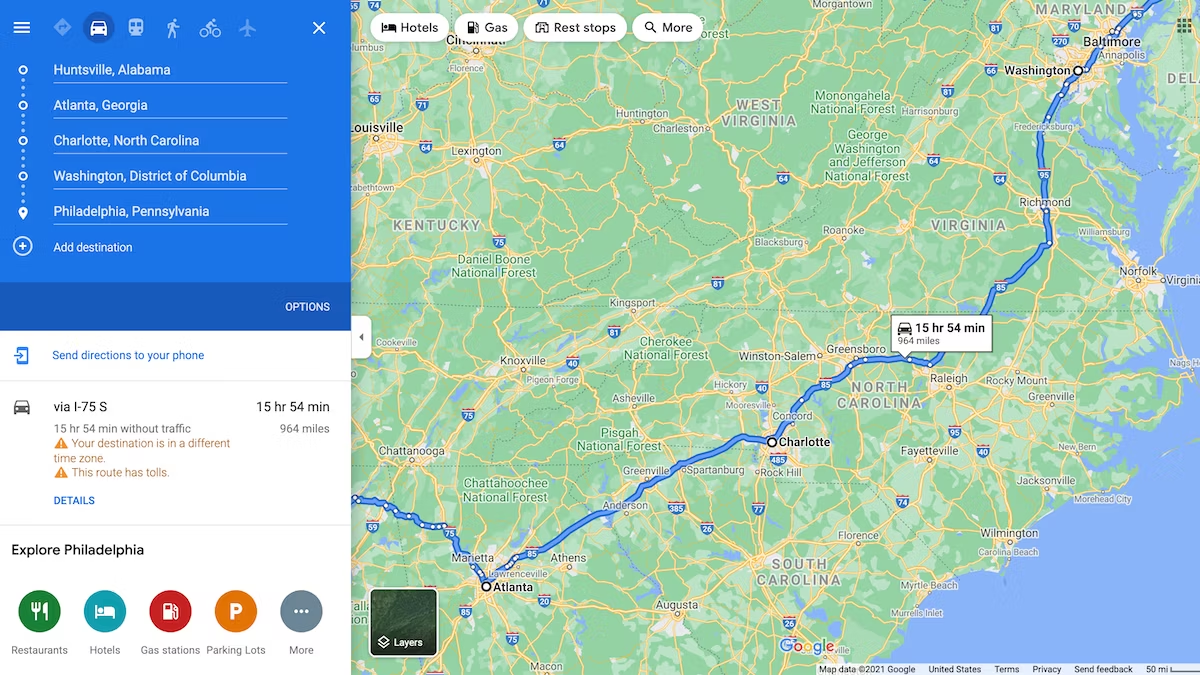Navigation accuracy is crucial for providing reliable and efficient travel directions. Google Maps has become a leading tool for enhancing navigation accuracy by integrating various technologies and data sources. By leveraging satellite imagery, real-time traffic data, and advanced algorithms, Google Maps helps users navigate with greater precision and confidence.

Real-Time Traffic Data
One of the primary ways Google Maps improves navigation accuracy is through real-time traffic data. The platform gathers information from a multitude of sources, including GPS signals from users’ devices and traffic sensors installed on roads. This data is used to provide up-to-date traffic conditions, allowing Google Maps to suggest the fastest routes and alert users to potential delays. By factoring in current traffic conditions, Google Maps can offer more accurate arrival times and route recommendations.
Dynamic Routing and Recalculation
Google Maps excels in dynamic routing and recalculation, which enhances navigation accuracy. If users encounter unexpected traffic congestion or road closures, Google Maps can automatically adjust the route in real-time. This dynamic routing feature ensures that users receive the most efficient path to their destination, even when conditions change during their journey. The ability to recalculate routes on the fly improves overall navigation accuracy and helps users avoid delays.
Integration of Satellite and Street View Imagery
The integration of satellite and Street View imagery further contributes to navigation accuracy. Google Maps provides high-resolution satellite images that offer a detailed view of geographic features and landmarks. Additionally, Street View allows users to virtually explore streets and intersections, providing a clearer understanding of their surroundings. These visual aids help users better orient themselves and make more informed navigation decisions.
Machine Learning and Predictive Analytics
Google Maps utilizes machine learning and predictive analytics to enhance navigation accuracy. By analyzing historical traffic patterns and user behavior, the platform can predict traffic conditions and travel times with greater accuracy. Machine learning algorithms continuously improve route recommendations based on past data and real-time inputs, providing users with more reliable navigation assistance.
Customizable Navigation Settings
Google Maps offers customizable navigation settings that allow users to tailor their experience according to their preferences. Users can choose from various routing options, such as avoiding toll roads or selecting the fastest route. Additionally, Google Maps provides voice-guided navigation and visual cues to assist users during their journey. These customizable settings enhance navigation accuracy by aligning the app’s recommendations with users’ specific needs and preferences.
Offline Maps and Navigation
Offline maps and navigation are essential features for improving navigation accuracy in areas with limited or no internet connectivity. Google Maps allows users to download maps for offline use, ensuring that they can still access navigation assistance even when data signals are weak. This offline capability is particularly valuable for travelers exploring remote locations or areas with unreliable internet access.
Integration with Other Google Services
Google Maps integrates seamlessly with other Google services to enhance navigation accuracy. For example, integration with Google Search and Google Calendar allows users to access location-based information and directions directly from their search results or calendar events. This integration streamlines the navigation process and ensures that users have all the information they need to reach their destinations efficiently.
Conclusion
Improving navigation accuracy with Google Maps involves leveraging real-time traffic data, dynamic routing, and advanced technologies such as machine learning and predictive analytics. By integrating satellite and Street View imagery, offering customizable settings, and providing offline navigation options, Google Maps enhances the reliability and precision of travel directions. Its seamless integration with other Google services further supports users in achieving accurate and efficient navigation, making it an invaluable tool for travelers and commuters alike.











